Real Life Accident: Ship’s AB Hit and Fatally Injured by Anchor Chain
In calm weather and good visibility, a cargo vessel under pilotage while departing port was overtaking a tug towing a pontoon. The cargo vessel’s electrical needs at the time were being supplied via the shaft generator. Both of the ship’s service generators were shut down to save on fuel.
While overtaking the pontoon, the cargo vessel’s main engine suddenly failed. Since the electrical systems on board the vessel were linked to the main engine via the shaft generator, the electricity failed as well and for a short period of time the vessel suffered a blackout. During the blackout, the rudder unexpectedly turned to port, causing the vessel to deviate sharply from its course and toward the tug and tow. In order to prevent a collision, the captain, on VHF radio, ordered the anchor let go. As there were crew on deck at the time, the anchor was let go very quickly after the order – within 15 seconds. At the time the anchor was let go the cargo vessel still had a speed over ground (SOG) of 7.5 knots.
Despite the attempts by the AB to secure the winch brake, the anchor chain continued to run out. The last length of chain had broken loose from the chain locker, and the AB was hit and fatally injured by the bitter end.
The cargo vessel collided with the pontoon almost simultaneously with the breaking free of the anchor chain. Both vessels sustained limited damage as a result of the collision.
Lessons learned
The use of the anchor to slow down the ship in an emergency:
IACS stipulates that an anchor must be constructed in such a way that it is suitable to anchor a ship temporarily in ‘moderate’ ambient conditions. The anchor gear is not designed to stop a ship. Anchoring at high speed is an extremely risky operation that may result in fatal injuries to crew members and serious damage to the ship. Such a manoeuvre should only be considered in an extreme emergency. The captain, in consultation with the bridge team, should assess whether the potential benefits of such a manoeuvre outweighs the substantial risks for the crew and ship.
The need for uninterrupted power supply when sailing in confined waters:
Sailing in narrow waters entails increased risks of collision or grounding. Therefore, prior to commencing a passage in confined waters, a risk analysis should be carried out (or consulted) as part of the SMS in order to verify that back-up systems are instantly available. Uninterrupted power supply in confined waters is essential in order to guarantee a ship’s maneuverability and should be considered a best practice.
Reference & Image Credits: nautinst
Do you have info to share with us ? Suggest a correction
- Real Life Incident: Vessel Collision in Good Visibility
- Real Life Incident: Severe Injury To Deck Crew While Leaving Berth
- Real Life Incident: Departure Damage in Very Restricted Waterway
- Real Life Incident: Low Situational Awareness Has High Impact Consequence
- Real Life Incident: Fouled Anchor in a Designated Anchorage
- Real Life Incident: Fire On Barge Carrying Scrap Metal Causes $7 Million Worth Of Damage
Latest Case studies Articles You Would Like:
Subscribe To Our Newsletters
By subscribing, you agree to our Privacy Policy and may receive occasional deal communications; you can unsubscribe anytime.
Web Stories



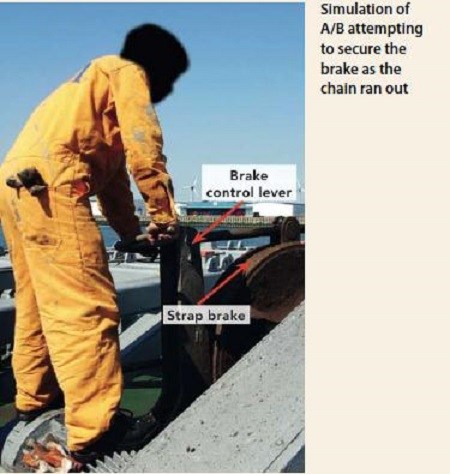







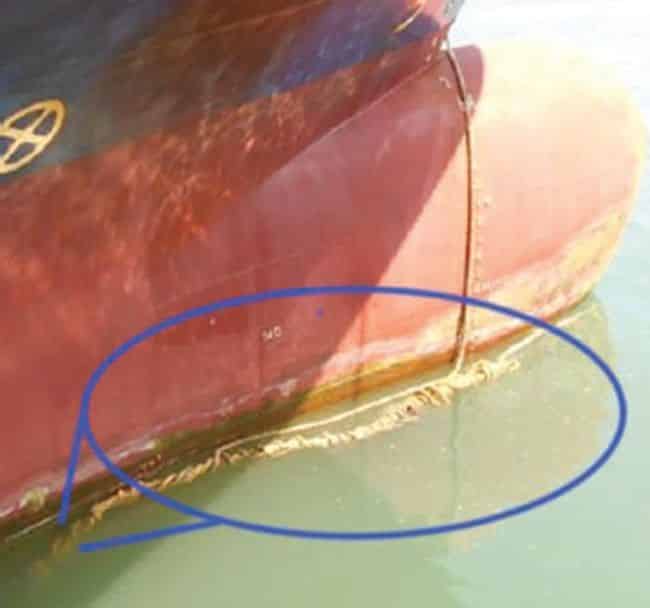

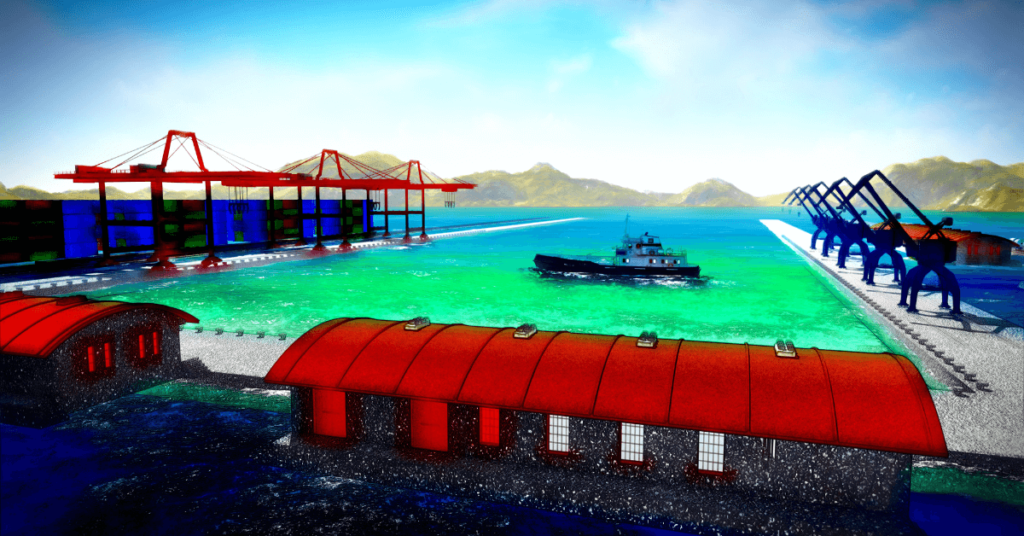
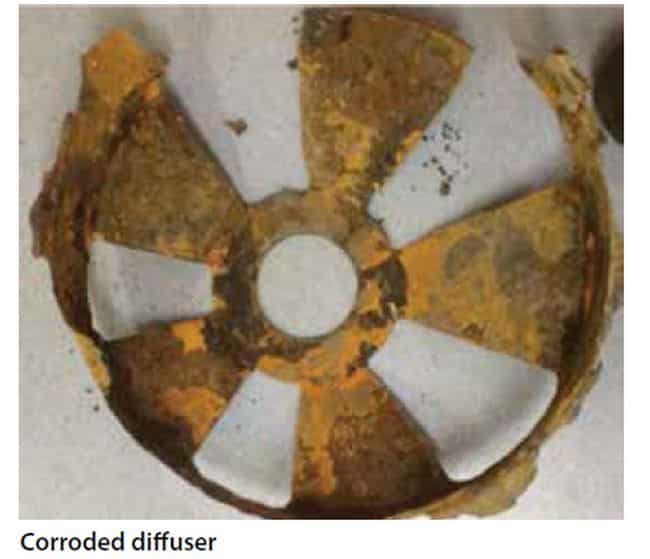
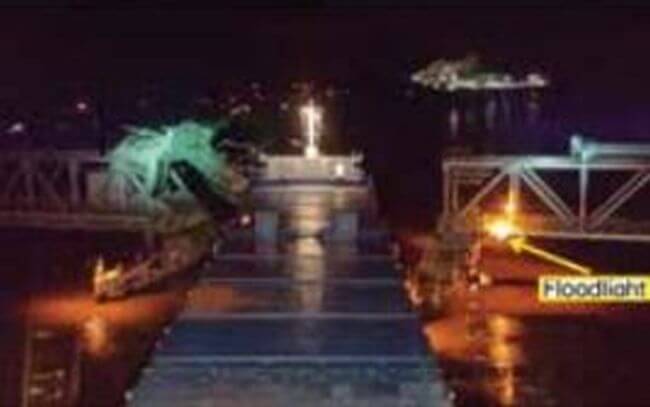
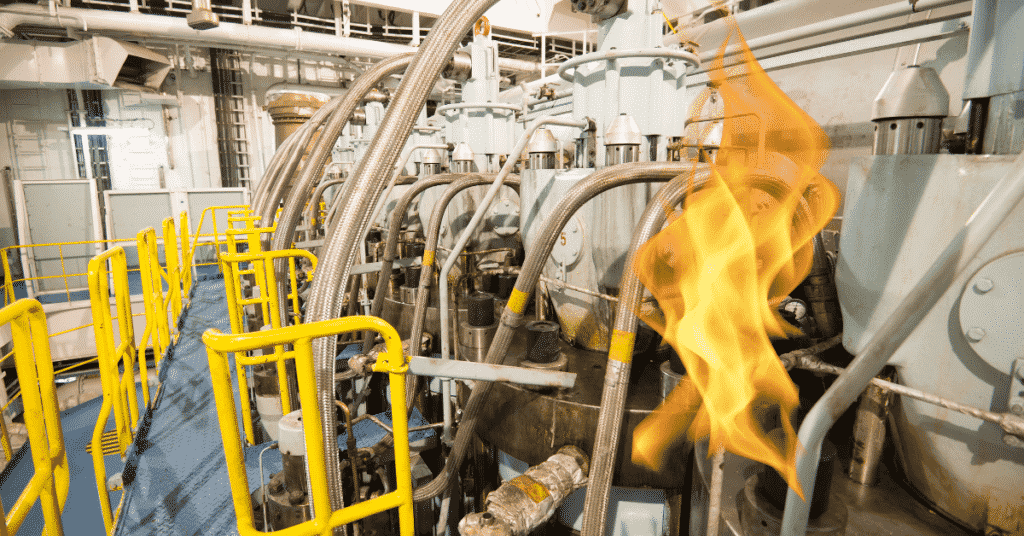





Please add me to the MARS mailing lust
This is clearly an act of crews incompetence…why on earth those engine officers solely utilized the shaft generator while the vessel still under pilot. Never use shaft generator alone under variable engine speed specially when vessel still maneuvering under pilot…because once the engine speed drop to a certain level the shaft generator will cut-off all its electrical load which eventually would result to vesell black out…thereafter will result to disaster once the back up generator will not cut-in automatically.